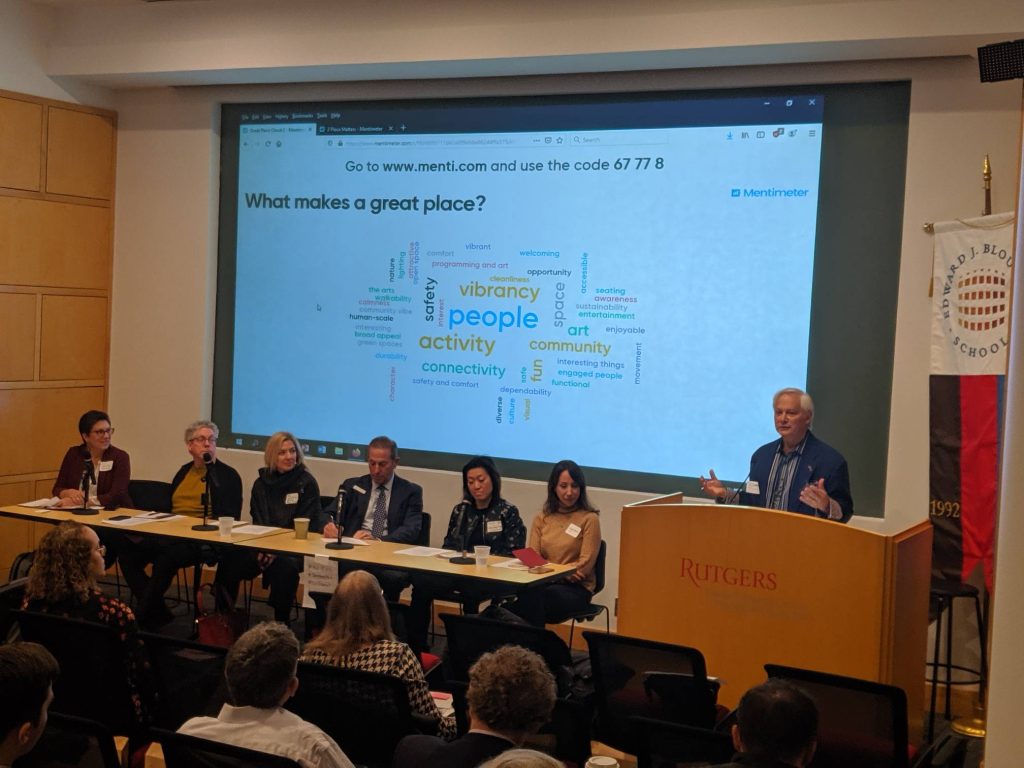Parking
Often under-priced and over-supplied, parking has long hindered the efficient use of valuable urban space.
Planetizen’s Parking Reform course examines the challenges presented by most parking regulations currently in use and explores reforms such as processing change, parking management tools, and strategies for engaging political and other stakeholders.
This 2022 webinar provides a deep dive into implementing and operating an on-street parking pricing program, framed by ITDP’s On Street Parking Pricing guide.
This 2019 webinar, The Impacts of Parking Reform in the Twin Cities, from the Metropolitan Council explores the relationship between parking and TOD efforts.
In this 2019 webinar from the Center for Neighborhood Technology (CNT), Peter Haas demonstrates how CNT’s eTOD tool calculates the effects of parking near TOD areas and elsewhere and Lindsay Bayley discusses how parking policy reforms, particularly minimum parking requirements, can help infrastructure work more efficiently.
Another resource is this one hour webinar by Smart Growth America and the University of Utah on Empty Spaces, a 2017 study that looked at parking needs in five TODs.
Placemaking
Simply put, placemaking is the process of creating quality places that people want to live, work, play and learn in. It frequently involves undertaking strategic efforts to achieve goals and may focus on creative (i.e., arts-based) and/or tactical (short-term and experimental) placemaking. Regardless of the methods, placemaking includes local stakeholder involvement.
The Center for Community Progress offers webinars that support its mission of building a future in which vacant, abandoned, and deteriorated properties no longer exist.
This Urban Land Institute (ULI) webinar explores the connection between arts and real estate and highlights projects in Washington, DC, Memphis, TN, and San Antonio, TX.
PlacemakingUS, a national network working to build living, interconnected places, offers a large number of webinars for free and for a fee.
Also, check out the free and paid webinars and trainings offered by the Project for Public Spaces.


